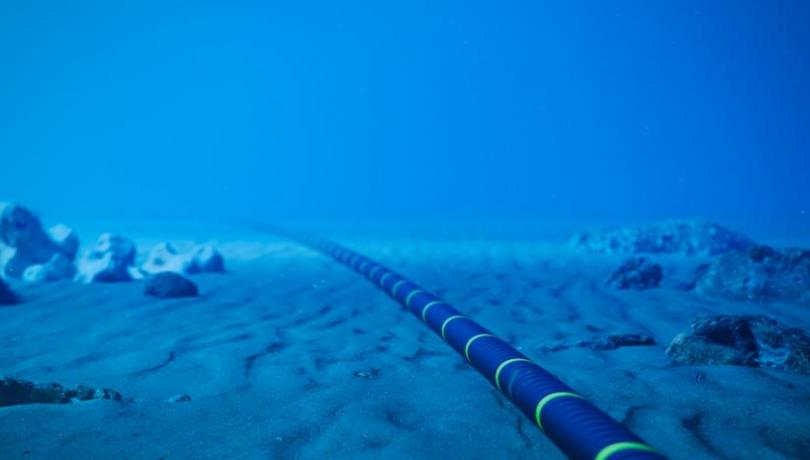This is a pioneering measurement system on an international scale and will help detect small-scale tremors and better understand phenomena such as tides or ocean currents.

The Institut de Ciències del Mar (ICM-CSIC) is part of a public-private consortium that will promote the development of a pioneering technology to improve the detection of seismicity in underwater environments. These new techniques will have a much higher level of precision than the tools currently available to seismologists and will help to further the study of seismic events such as earthquakes and tsunamis.
The development of the new system is part of the TREMORS project of the Spanish Research Agency (AEI), which has a duration of three years and has the participation of Repsol, Aragón Photonics Labs and the University of Alcalá, partners with whom the ICM-CSIC has already worked in previous seismic monitoring projects.
The new measurement system will consist of an interrogator equipment connected to an underwater fiber optic cabling that acts as a linear array of thousands of seismic sensors.
"These sensors will allow us to map seismic events at very small scales, which will help to understand active tectonics to assess the feasibility of potential locations of subway geological reservoirs of hydrogen and CO2," says Arantza Ugalde, main investigator of the project.
For high-resolution, real-time data acquisition and analysis, the consortium members will rely on advanced computing systems and develop ad hoc artificial intelligence algorithms to detect, analyze and locate seismicity.
"This will provide us with a modern, effective and safe monitoring system for projects under development," adds Ugalde.
The development of this new pioneering measurement system at international level would not be possible without the previous collaboration between the project partners, who in the framework of the PSI project are developing another system for the protection and predictive maintenance of submarine telecommunications cable networks based on DAS (Distributed Acoustic Sensing) technology, which allows preventing damage to the cable through early warning of potentially harmful activities.
One of the direct applications of this technology is precisely high-resolution underwater monitoring which, in addition to improving the detection of underwater tremors, helps to better understand phenomena such as tides, ocean currents or meteorological meteotsunamis.
All in all, TREMORS, which has been selected as one of the R&D&I projects of the Recovery, Transformation and Resilience Plan financed by the European Union's Next Generation funds due to its innovative nature, has the ultimate goal of contributing to the monitoring, protection and conservation of marine ecosystems.